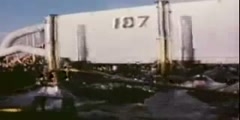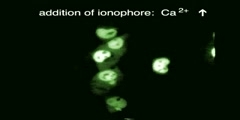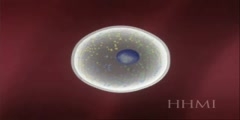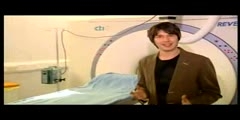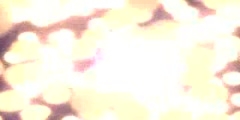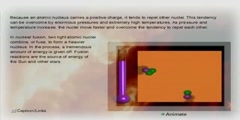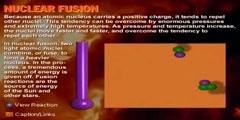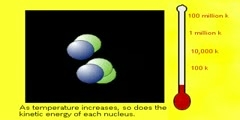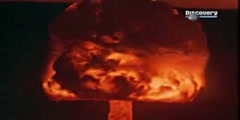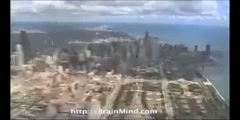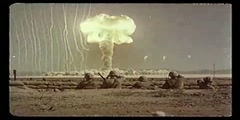Nuclear Underground Detonation
Underground nuclear testing refers to test detonations of nuclear weapons that are performed underground. When the device being tested is buried at sufficient depth, the explosion may be contained, with no release of radioactive materials to the atmosphere. The extreme heat and pressure of an underground nuclear explosion causes changes in the surrounding rock. The rock closest to the location of the test is vaporised, forming a cavity. Further away, there are zones of crushed, cracked, and irreversibly strained rock. Following the explosion, the rock above the cavity may collapse, forming a rubble chimney. If this chimney reaches the surface, a bowl-shaped subsidence crater may form. The first underground test took place in 1951; further tests provided information that eventually led to the signing of the Limited Test Ban Treaty in 1963, which banned all nuclear tests except for those performed underground. From then until the signing of the Comprehensive Test Ban Treaty in 1996, most nuclear tests were performed underground, in order to prevent nuclear fallout from entering into the atmosphere.
Channels: Physics (General)
Tags: Nuclear Underground Detonation
Uploaded by: NicolaTesla ( Send Message ) on 16-11-2010.
Duration: 1m 58s
